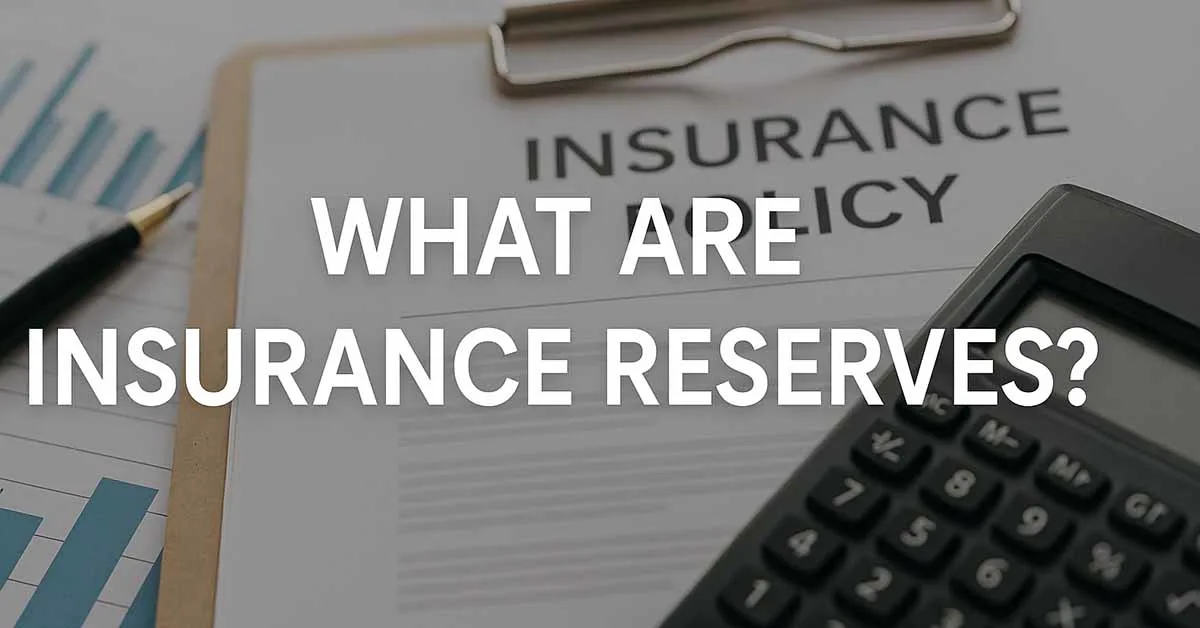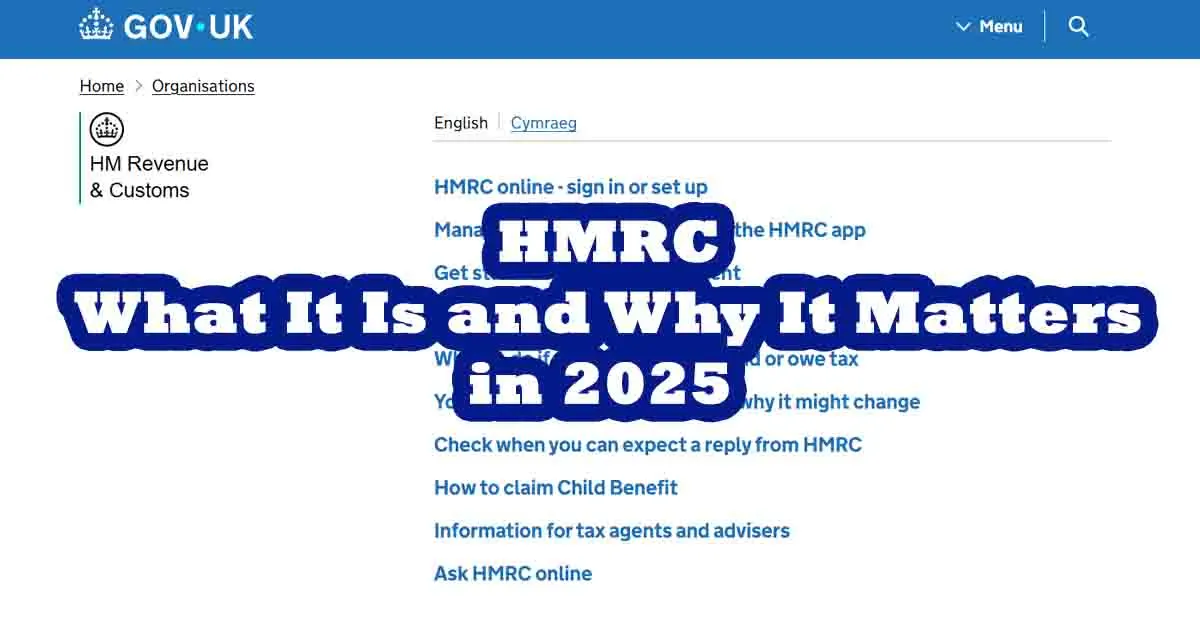Introduction
Many businesses, such as retail, banking, logistics, and service industries, still deal with the physical handling of cash daily. The cash handling processes also involve moving physical cash from one location to another. This movement, however, comes with risks of losing the money either through theft, robbery, accidents, or even human error. This is why money-in-transit insurance is necessary as an additional safety layer.
In this article, we discuss in detail what money-in-transit insurance is, how it operates, and who needs it, as well as how one can choose the right policy. This insurance policy can serve as a safeguard for businesses that regularly transport cash, checks, or other valuables.
What is Money in Transit Insurance?
Money in transit insurance is a unique type of commercial insurance that shields a business from the loss or theft of cash and other financial instruments during their transportation from one location to another. The physical movement (transit) can consist of a bank deposit, cash collections, or even inter-branch transfers.
In the context of this insurance, it is concerned with money being transported:
- By company employees or employed couriers
- Through armored van services
- Between the offices of a business
- To and from bank branches and ATMs
Unlike general liability insurance or standard property insurance, this policy is designed to cover losses during the transit of the specified cash, not only within the business premises.
Why Having Money in Transit Insurance Is Necessary
Transporting money brings varied risks to a business. During the movement of cash, the company risks theft, road accidents, or even employee carelessness. Without the right coverage, a company can suffer irreversible damage.
Primary considerations for money in transit insurance:
- Provides coverage against theft or robbery during transit
- Protects cash, checks, or other relevant financial processes
- Provides safekeeping for employees who process cash
- Limits financial burdens in the case of loss
- Assists in compliance with our client’s needs
For companies that handle cash daily, even a single instance of loss can disrupt business operations or significantly erode profit margins. Money in transit insurance alleviates such issues.
Assistance with Money in Transit Insurance
Every business can now benefit from such coverage; however, this is crucial for the following companies:
- Supermarkets and retail shops: Regular cash deposits to the bank.
- Banks and credit unions: Regular, substantial daily fund transfers.
- Restaurant and food chains: Regular cash collections and deliveries daily.
- Armored truck services: Cash logistics services.
- Gas stations and convenience stores: daily cash sales in large amounts.
- Nonprofit organizations and churches: In the transportation of the donation money.
Even smaller businesses that do cash transfers periodically can access short-term or flexible policy options.
What Money in Transit Insurance Policies Cover
An insurance policy on money in transit usually involves the following:
- Loss or Theft of Money
This covers monetary losses incurred via robbery or theft during money transportation.
- Accidental Loss
This protects an organization against the accidental loss or misplacement of money while in the hands of authorized guards.
- Damage to Containers
This involves reimbursement for the loss of money bags, cash boxes, or compartments of armored vehicles that sustain damage during theft or accidents.
- Coverage for Third-Party Carriers
This covers the losses sustained while the money is licensed to third-party couriers or armored car services.
- Temporary Premises Coverage
This often covers the money stored temporarily during the transport process (for example, in an ATM kiosk, hotels, or cash vaults).
Limits of Money in Transit Insurance
Despite having broad coverage, the following are excluded from the standard policy:
- Loss from dishonest employees (this can be added with a fidelity bond)
- Fraud or scams that do not involve physical theft
- The loss of money through theft during unsanctioned times or routes
- Acts of war, terrorism, or civil disturbances (available as optional additions)
- Natural disasters, unless stated
- Use of unapproved or uninsured vehicles for transport
A good understanding of these exclusions ensures that you are not caught off guard with claim rejections.
How Money-in-Transit Insurance Works
Here’s a basic outline of the processes involved in money-in-transit insurance for a business:
Step 1: Risk Evaluation
The insurer assesses the cash handling procedure along with the cash handling class, occurrence of transit, transportation method, and any pre-existing security measures in place.
Step 2: Policy Issuance
Based on the business risk profile, a tailored insurance policy is issued. You will decide on the sum insured, which is the maximum amount eligible for coverage in a single transit.
Step 3: Premium Payment
Premiums are based on factors such as:
- Amount of money moved per trip
- Security measures are in place
- Crime rate along the route
- Transportation method (armored or not)
Step 4: Making a Claim
To notify you of theft or loss, you must resolve as follows: A police report, transport logs, and available security footage for the claim. After validation, you are compensated within the policy limit.
Benefits of Money-in-Transit Insurance
Having money in transit insurance provides essential advantages such as:
- Financial Security
Ensures business continuity despite cash loss events.
- Tailored Policies
Can be tailored to cover high-risk areas, special holidays, or business peak periods.
- Enhanced Business Reputation
Safeguards the business’s image among vendors, clients, and business partners.
- Reduced Liability
The insurer assumes the financial responsibility if your employee is injured or loses cash during the transit.
- Better Risk Management
Motivates companies to invest in strong security measures, thereby minimizing overall risk exposure.
Comparison of Features: Cash in Transit vs. Money in Transit
Although cash in transit and money in transit are used interchangeably, they have subtle differences:
| Feature | Money in Transit Insurance | Cash in Transit Insurance |
|---|---|---|
| Focus | Covers all types of financial assets | Focuses mainly on physical cash |
| Common Users | Broad range of businesses | Often banks and logistics firms |
| Transport Mode | Any mode, including employees | Usually armored vehicles or couriers |
| Item Types Covered | Cash, checks, negotiable instruments | Primarily cash |
In general, money in transit insurance has fewer restrictions and, thus, is more advantageous to businesses that deal with different types of monetary instruments.
Guidelines for Selecting the Appropriate Policy
In the case of money in transit, selecting an insurance policy is more complex. Follow these steps:
- Discover Your Transit Volume
Estimate the value carried in each trip, and the frequency of those trips. Select an insurance policy with a limit that is optimal for the highest risk scenario.
- Consider Your Transit Methods
Evaluate if the transport used is armored vehicles or employee-driven. Policies may differ in price and coverage.
- Compare Providers
Always consider obtaining quotes from multiple insurance providers. Look for:
- High claim settlement ratios
- Good customer service reviews
- Flexibility in coverage
- Ask About Add-Ons
Additional riders that you may wish to include are:
- Night-time transit coverage
- Employee dishonesty protection
- ATM servicing cover
- Emergency cash replacement
- Read the Fine Print
Understand the exclusions, deductibles, and limits associated with the policy before registering.
Real-Life Example
Case Study: A retail chain in California incurred a theft of $45,000 while transporting cash deposits from the weekend. Fortunately, the company had a money-in-transit insurance policy. After the incident was verified through police and security camera reports, the company was able to resume operations without financial disruption.
Conclusion
Most businesses have to handle money, and moving it from one location to another involves serious risks. This is where money-in-transit insurance comes in handy. It minimizes the risk of financial loss due to theft, robbery, or other unforeseen events while in transit.
Businesses that routinely transfer funds from one location to another, whether on a daily, weekly, or occasional basis, can rely on this insurance to protect them while conducting business risk-free. It’s not just an expense; it’s a valuable strategy to enhance the company’s reputation and the firm’s future stability.











Leave a Reply